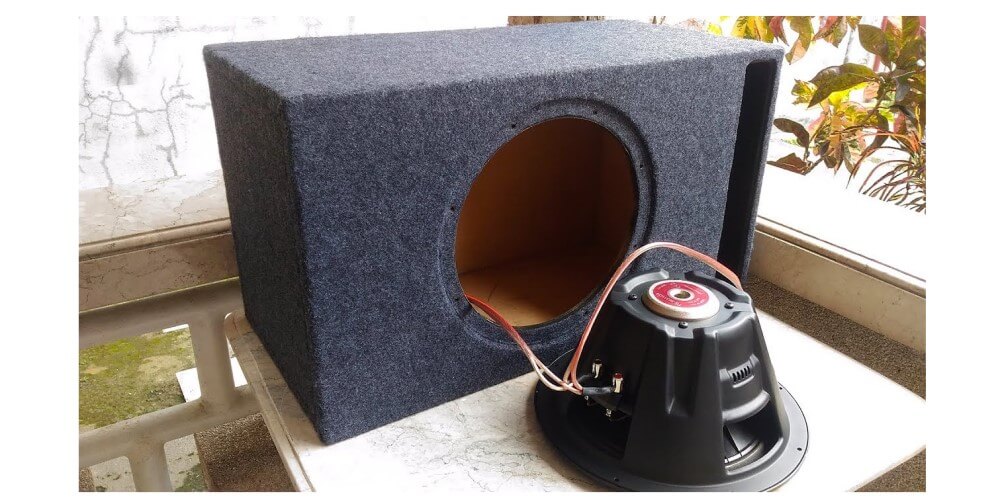Table of Contents
Many homeowners take the DIY subwoofer direction to produce the best sound production in their homes. While everyone wants the best in their speakers, buying the top sound gadgets can be expensive.
The challenge of getting a customized sound in space has forced many people to build their subwoofers. You do not need the help of an expert to build your sub. Those who cannot do the woodwork can hire someone to help them with that aspect.
Before you use a DIY subwoofer
Here is what you should know when building your sub without professional support.
Cylinder vs. Box
Cylinder
The cylindrical design is the easiest and simplest type for your subwoofer. You need to create the end caps to blend or fit on each end of your sub. You do not need braces because the building is a straightforward process.
Box
The box design needs more work for you to finish. The internal volume is considered when building a box. If you get the internal volume right, you are on the right track. The type of subwoofer you want to use can depend on what happens during your construction.
Sealed Vs. Ported Subwoofer Design
The question of which is better between the ported and sealed subwoofer design has been on for a long time. If you want to build your DIY subwoofer, you should think of the design you want to create. When it comes to ported and sealed subwoofers, you should know their differences.
We will give you some of the basic differences to help you make your choice:
Sealed Subwoofer
- The sealed subwoofercomes with its driver inside the box. The air inside the sub box damps the drive unit or driver.
- When sound reaches the limits of the subwoofer’s excursion, it experiences so much damping because of the air. That means you require enough power to drive it. However, if the enclosure is properly built, it will become airtight.
Ported Subwoofer
- The ported subwoofer comes with a port that allows air to come in and leave the box while the driver unit or drivers move around.
- The movement improves the sound output and makes it louder. However, the air does not damp the driver inside the enclosure. You need less power to drive it.
Pros and Cons
When building your sub, you should know that both ported and sealed design have pros and cons. Here is what you need to know about the strength and weakness:
- The sealed subwoofer is designed to be more portable than the ported subwoofer.
- The sound quality of the ported sub is less superior to the sealed sub.
- The ported sub does not boost its sound output and requires more equalization, and power is needed. However, if you have enough power, that will not be a problem.
Programs
You need the right program for your subwoofer. Go for a program that will let you add some parameters to suit your sub. The measurements of your sub should be considered when selecting a program.

